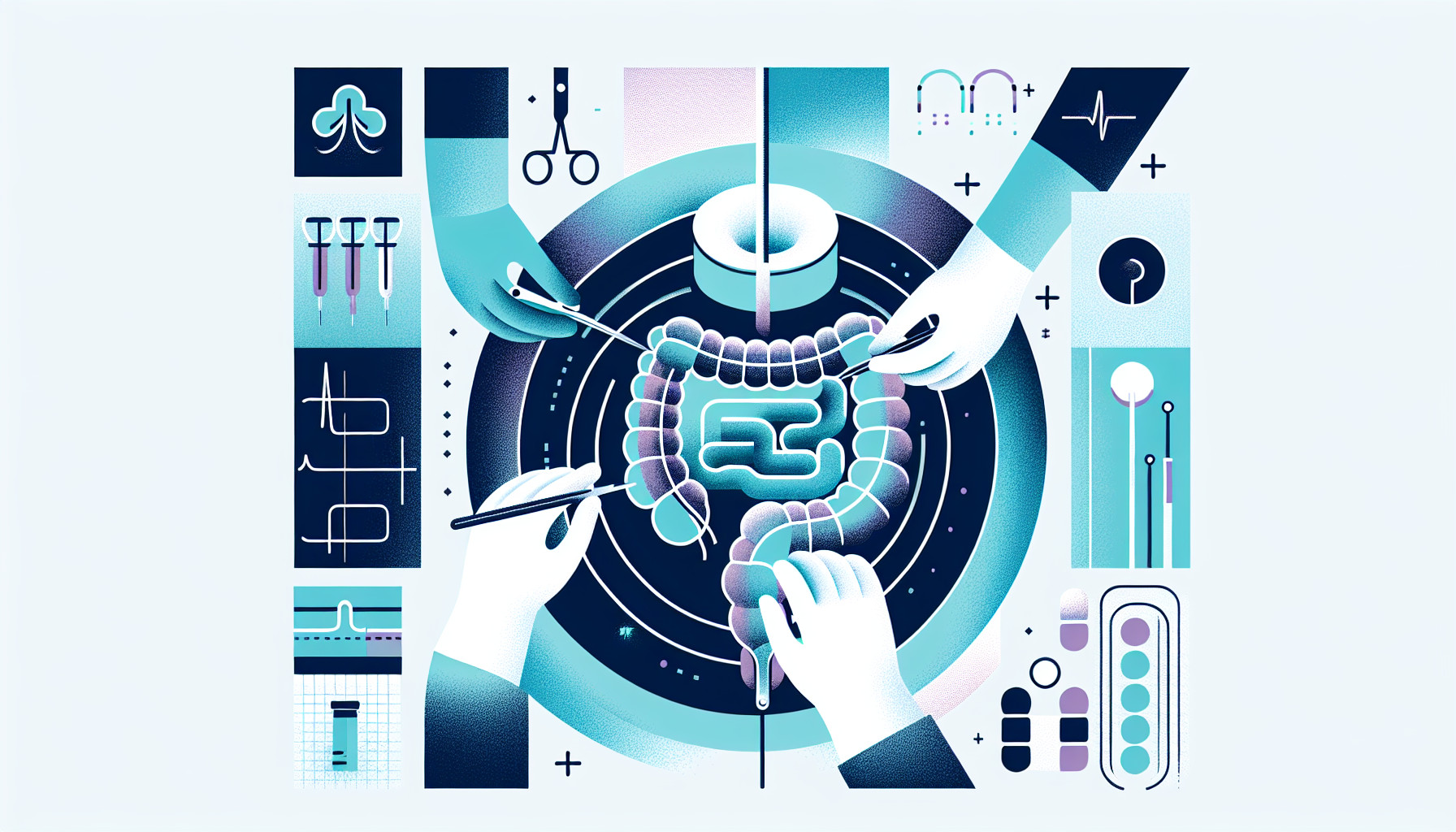Our Summary
A five-month-old baby alpaca was treated for belly pain, difficulty urinating, and a reoccurring issue where its rectum would stick out from its body. An ultrasound showed that the alpaca had an abscess, or a pocket of pus, attached to its bladder. This was caused by an infection in the urachus, a tube that usually disappears before birth that connects the bladder to the belly button. The abscess was removed with surgery and the alpaca recovered well after the operation and following treatment. This case shows that infections in the urachus can lead to other issues in young camelids, a group of animals that includes alpacas and llamas. It’s important to consider a urachal abscess as a possible diagnosis in young camelids showing similar symptoms.
FAQs
- What symptoms led to the diagnosis of the alpaca’s urachal abscess?
- How was the alpaca’s urachal abscess treated?
- What implications does this case have for the diagnosis and treatment of similar conditions in other young camelids?
Doctor’s Tip
A doctor might tell a patient undergoing rectal prolapse surgery to follow post-operative care instructions closely, including taking prescribed medications, avoiding heavy lifting or strenuous activity, and keeping the surgical area clean and dry. It is important to report any signs of infection, such as increased pain, redness, or swelling, to the doctor immediately. Additionally, the patient should follow up with their doctor for regular check-ups to monitor their recovery progress and address any concerns.
Suitable For
Rectal prolapse surgery is typically recommended for patients who have a protrusion of the rectum through the anal opening, which can cause discomfort, difficulty with bowel movements, and other complications. Patients who may benefit from rectal prolapse surgery include:
- Elderly individuals with weakened pelvic floor muscles
- Patients with chronic constipation or straining during bowel movements
- Individuals with a history of pelvic surgery or trauma
- Patients with neurological conditions that affect bowel function
- Individuals with connective tissue disorders that weaken the rectal support structures
In the case of the baby alpaca mentioned, rectal prolapse surgery may be considered if the condition persists or worsens despite other treatment options. It is important to consult with a veterinarian or healthcare provider for a proper evaluation and recommendation for treatment.
Timeline
- Before surgery:
- The alpaca experiences belly pain, difficulty urinating, and rectal prolapse.
- An ultrasound is performed, revealing an abscess attached to the bladder caused by an infection in the urachus.
- The decision is made to proceed with surgery to remove the abscess.
- After surgery:
- The abscess is successfully removed during the operation.
- The alpaca receives post-operative care and treatment.
- The alpaca recovers well and shows improvement in its symptoms.
- It is important to monitor the alpaca closely for any signs of infection or complications following the surgery.
Overall, the timeline for a patient experiencing rectal prolapse surgery involves diagnosis of the underlying issue, surgical intervention to address the problem, and post-operative care to ensure a successful recovery.
What to Ask Your Doctor
- What is the success rate of rectal prolapse surgery?
- What are the potential risks and complications associated with the surgery?
- What is the recovery process like after rectal prolapse surgery?
- Will there be any dietary or lifestyle changes needed post-surgery?
- Are there any long-term effects or considerations to be aware of after the surgery?
- How soon can normal activities be resumed after the surgery?
- Are there any alternative treatment options to consider before proceeding with surgery?
- What type of anesthesia will be used during the surgery?
- How experienced is the surgeon in performing rectal prolapse surgeries?
- What follow-up care or monitoring will be needed after the surgery?
Reference
Authors: Guardado FJ, Santos MS, Doré V, Babkine M, Nichols S. Journal: Can Vet J. 2023 May;64(5):441-444. PMID: 37138715
